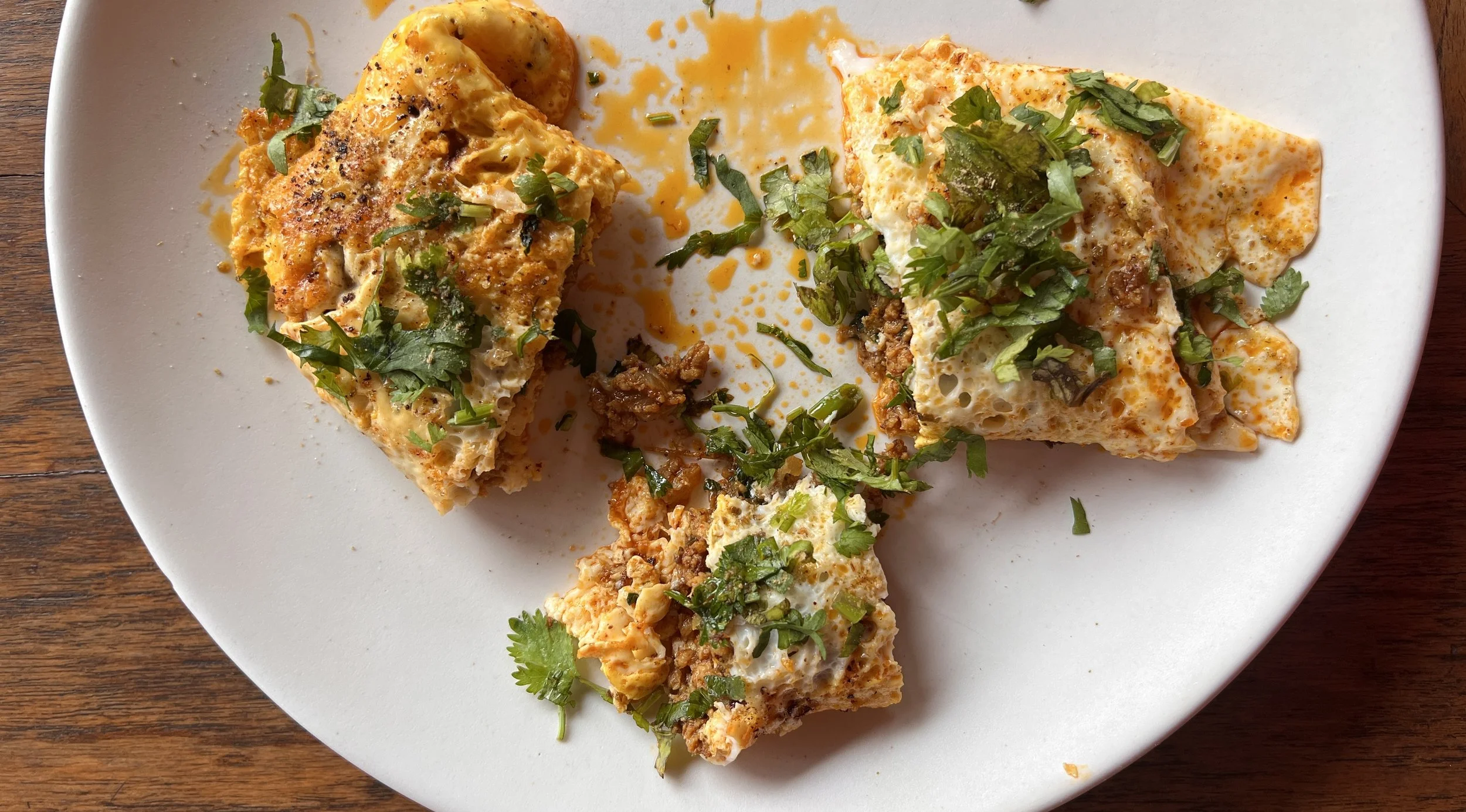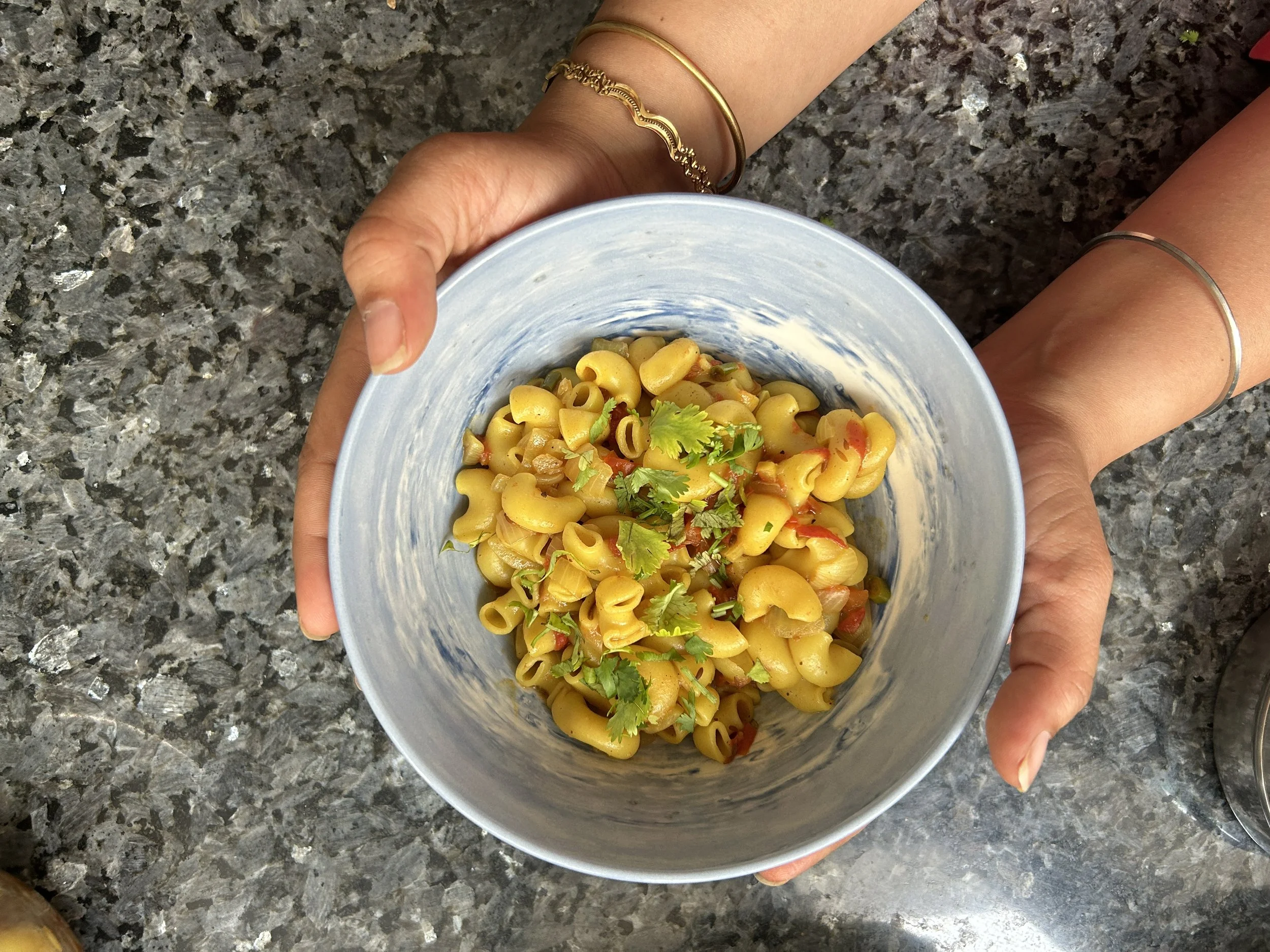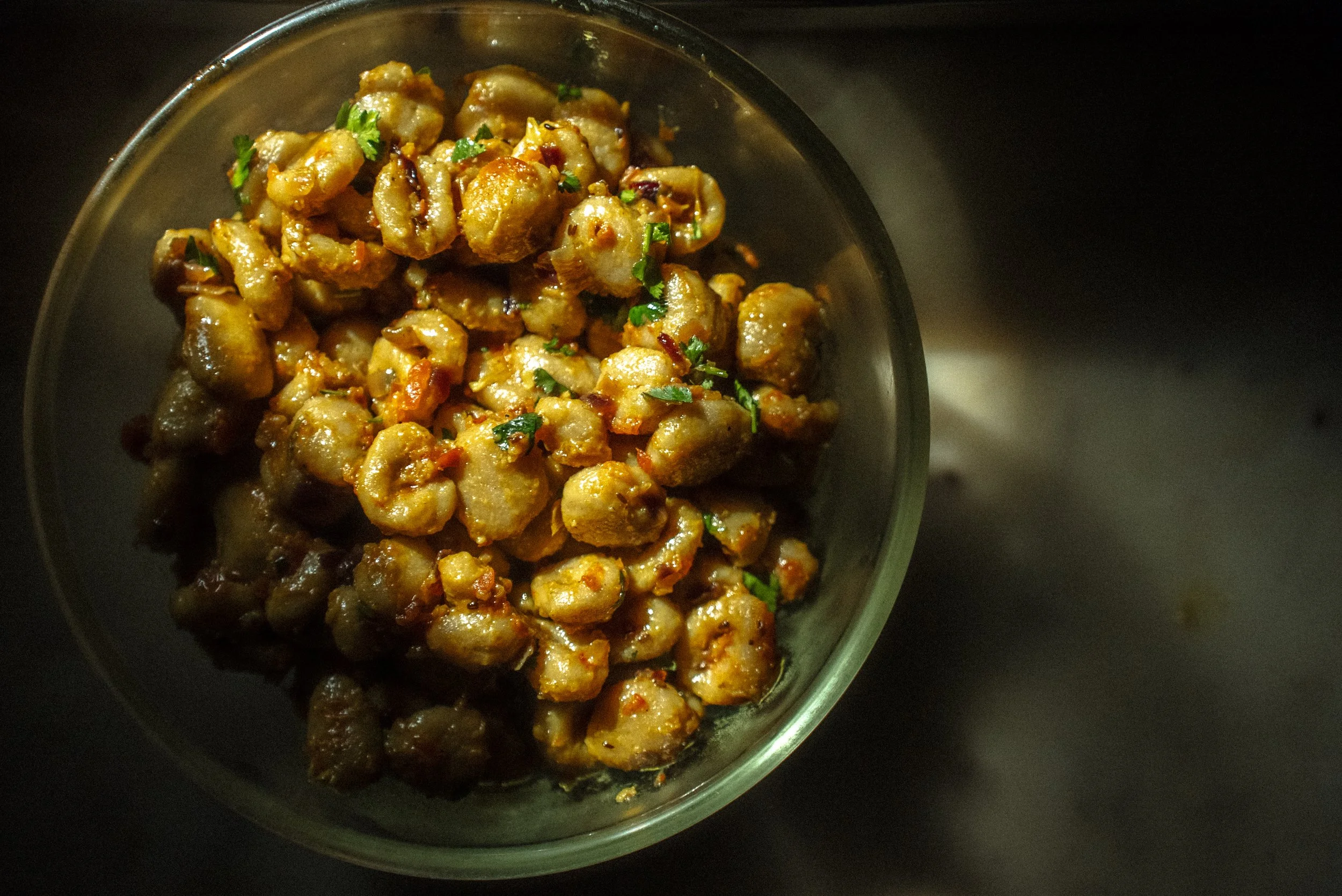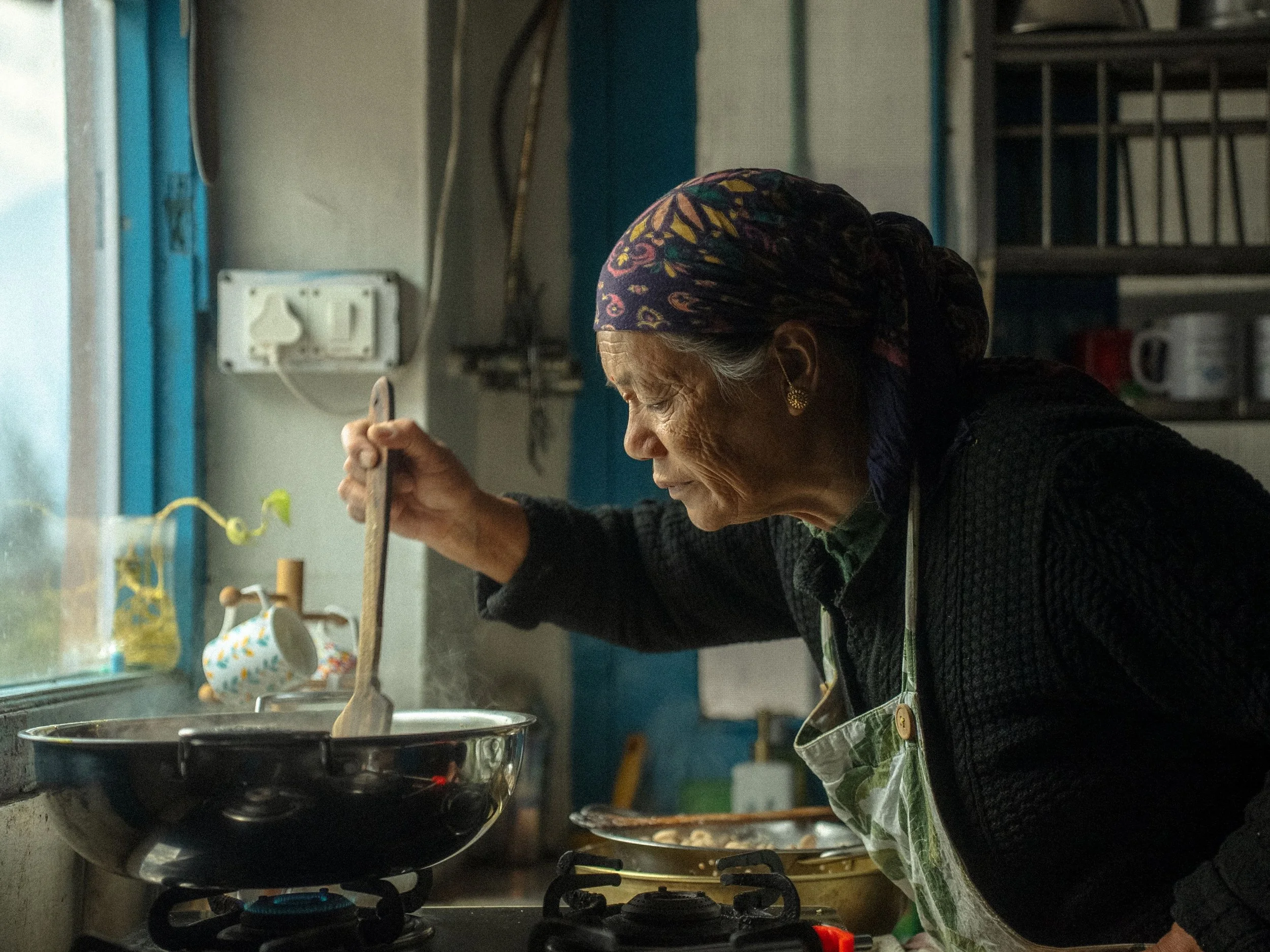Yellu Bella: An Assortment of Delights for Sankranti

The making of yellu bella during Sankranti is as special as the snack itself. Ranjini Rao writes about her family’s recipe, that has picked up bits and bobs from the new places and people she has embraced.
Sankranti, the great Indian harvest festival, holds the key to how a lot of ceremonial activities tie in with our other celebrations: cooking, sharing, paying tribute. It’s the way we pay tribute to the harvest Gods for the bounty we receive at the beginning of winter, when all the hard work of preceding seasons pays off. In my family, Sankranti has always been special, because it signifies the start of the new calendar year — on January 14 to be precise — and also brings family and friends together, with food, music, and gifts.
One distinct memory for me is the yellu bella, which is really a version of the American trail mix. In my family, it has always been a special undertaking, putting the mix together, because it involved many tasks, and called for enlisting the help of our house help, neighbours, grandmothers and aunts: bushels of dry coconut slices to be readied, by peeling the brown skin off and chopping up the coconut into nibbly bits; several squares of jaggery to be reduced to bits and bobs with a cutter; peanuts to be roasted and de-skinned; sesame seeds to be roasted and cooled. While all of these boxes were being checked off the to-do list, the women would break into a string of folk songs welcoming the new harvest, personifying the gifts of the land, and lauding the efforts of our farmers.
Yellu bella platter with pitha
A bowl of colourful yellu bella
Along the way, the grandmothers and aunts would take breaks to put the kettle on for coffee, and rummage through the pantry for some snacks. During these breaks, I’d huddle up with them in the kitchen, sipping coffee and listening to their stories, from why their farm in red-earthed Malnad had a scarecrow, to what each element in the yellu-bella did for our health, in the thick of winter: the sesame kept the body warm, the jaggery aided digestion, the coconut helped keep the pace of metabolism in check, and the peanuts and the chana bolstered the body with proteins. I understood early on that it is these shared meanings and stories that make celebrations seem timeless.
As we inched closer to the actual day of the festival, we would have prepared a bunch of gift bags to distribute among neighbours and friends: a packet of yellu bella, sugar-sculpted birds and fruits, sugarcane sticks, Indian jujube, beads and baubles, fruits and whole coconuts, plucked right out of the trees in the front yard. After the exchange of these gift baskets, neighbours and relatives would assemble in our backyard, and we’d light a bon fire, singing folksy songs in synchronous choruses, like “suggi kaala higgi banditu,” sharing stories, eating boiled chickpeas out of leaf bowls and munching on the yellu bella, with a promise to hold up the adage — yellu bella thindu olle maathaadi (eat the trail-mix, speak good words). Someone would slice the sugarcane into finger-sized bites, and we’d take a go at them as the sun went down. To me, this has been a tradition that went beyond the obvious, in a way, as the goodies outlasted the celebration, and yet kept us rooted.
Years hence, in my world, there’s space for more tradition and more revelry during the harvest season, as my inheritance from my husband’s side of the family brings its flavours of Bengal, with different varieties of mishti and pitha. My true-blue America-born daughter brings her own fairy dust — sprinkles — and the colours couldn’t be more vibrant.
Recipe: Yellu Bella
Ingredients
4-5 tablespoons sesame seeds
1 cup groundnut
3⁄4 cup jaggery, cut into small bits/ squares
3⁄4 cup fried gram
1⁄2 cup dry coconut, cut into small bits
1 tablespoon sugar balls
1 tablespoon jeerige mithai/ candied cumin seeds
Method
Roast the sesame seeds on a low flame, until they turn light brown, set aside.
Roast the groundnuts on a low flame, de-skin them once they’re cool enough to handle.
Once both are completely cooled, mix with the rest of the ingredients.
Store in air-tight container.
Ranjini Rao is a writer and communications professor based in Bangalore. She is passionate about food, multiculturalism, sustainability and open education.
ALSO ON THE GOYA JOURNAL









